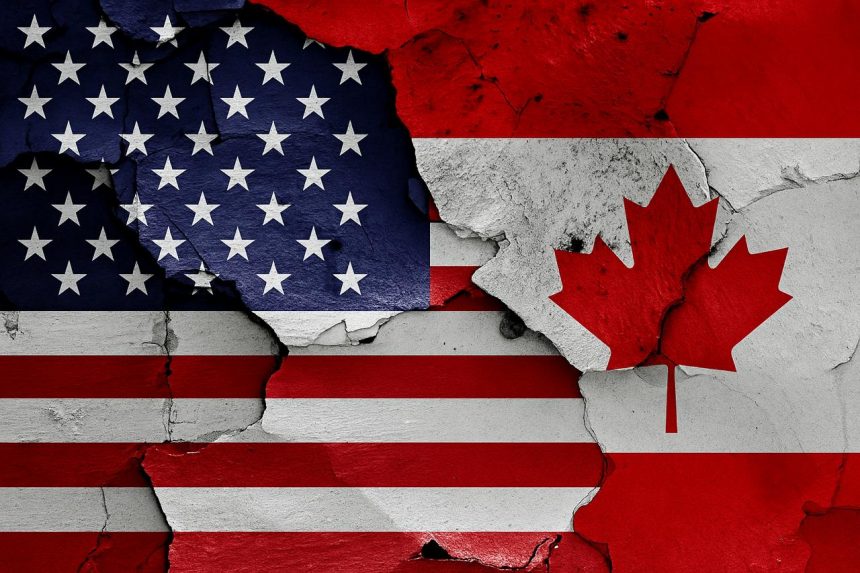Ottawa / Washington – 2025.
Trade tensions between the United States and Canada resurfaced after the Trump administration reintroduced tariffs on Canadian steel and aluminum earlier this year. Justifying the move on the grounds of “national security” and “industrial protection,” Washington triggered a sharp response from Ottawa, reopening old wounds in one of the world’s most integrated trading relationships.
Canada’s Countermeasures
In direct response, the Canadian government announced retaliatory tariffs on a wide range of American goods, including steel, aluminum, and consumer products such as washing machines and certain agricultural exports. Prime Minister Justin Trudeau emphasized that Canada “will always defend its workers and industries” and described the U.S. tariffs as “unjust and harmful to both economies.”
The retaliatory package, worth billions of dollars, was carefully designed to target politically sensitive sectors in the United States, including goods produced in swing states crucial for the upcoming U.S. presidential elections.
A History of Trade Tensions
This is not the first time the two neighbors have clashed over steel and aluminum. In 2018, under the previous Trump administration, similar tariffs were imposed, sparking a short-lived trade war before being lifted as part of the USMCA (United States-Mexico-Canada Agreement) negotiations. The reintroduction of these measures in 2025 has revived debates about the fragility of North America’s trade architecture.
Diplomatic Dialogue and Economic Impact
Despite the escalation, both governments have kept diplomatic channels open. Canadian officials have stressed the importance of dialogue, noting that the U.S. and Canada share the world’s longest undefended border and are each other’s largest trading partners.
Economic analysts warn that a prolonged tariff dispute could disrupt supply chains across North America, raising costs for manufacturers and consumers alike. The steel and automotive industries, deeply integrated between Ontario, Michigan, and the U.S. Midwest, are expected to be the hardest hit if the conflict drags on.
Looking Ahead
While Ottawa’s countermeasures underscore its willingness to stand firm, both sides face pressure from businesses to de-escalate and return to cooperative trade practices. Whether this new round of tariffs will lead to another renegotiation or simply fade amid broader geopolitical priorities remains an open question.
Sources:
Bloomberg – U.S.-Canada trade tensions flare up again
Reuters – Canada to retaliate against U.S. tariffs on steel and aluminum
CBC News – Trudeau vows strong response to U.S. tariffs

